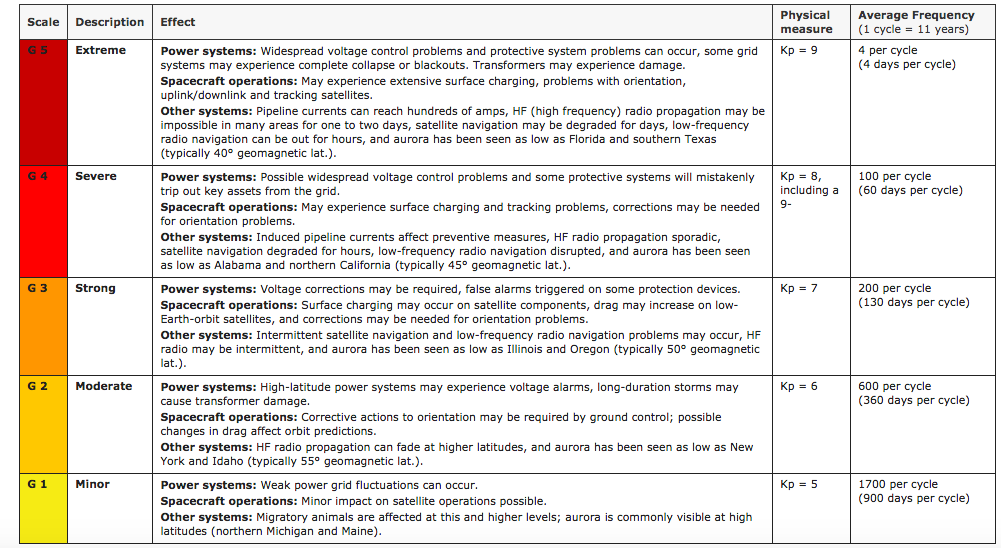Stargazers in the United States were treated to breathtaking, and somewhat unusual, sight on the evenings of November 2nd and 3rd. The Northern Lights (also known as the Aurora Borealis) made a grand appearance in many places that often don’t get to see this spectacle light up the night sky.

View of the Northern Lights under a clear, star filled sky. Taken at Potowatomi State Park near Sturgeon Bay, Wisconsin the night of November 3rd as a strong geomagnetic storm caused by the Sun allowed the Aurora Borealis to be seen across the northern U.S. Photo by and courtesy of Phil DeCastro
While the auroras are typically confined to far northern locations such as northern Canada and Alaska, aurora sightings on November 2-3 were reported in places such as Vermont, Michigan, Wisconsin and even as far south as Iowa. Even more people across the north central and northwestern U.S. would have been able to see the auroras if not for thick cloud cover blocking the view.
The origin of the Northern Lights can be found 93 million miles away, in the Sun’s corona, the aura of incredibly hot, ionized plasma that surrounds the Sun. In this instance, it was a hole in the corona located on the Sun’s equator that led to the light show here in early November. Coronal holes on the Sun show up as dark spots on X-ray imagery, indicating (relatively) cool spots on the Sun’s surface. These holes make it easier for solar particles to escape, causing an increase in the solar wind.
Example of coronal holes on the sun, indicated by the black coloring. These mark areas where solar particles can easily escape, causing an increase in the solar wind, which if directed at the Earth, can cause an increase the Northern Lights. Source: NASA
The solar wind is always ‘blowing’ at about 900,000 mph, according to NASA, carrying magnetic fields and plasma with it. Believe it or not, this is actually a rather slow, steady pace for the solar wind. At this leisurely speed, potentially harmful particles thrown off by the sun are easily deflected by the Earth’s magnetosphere. But an increase of the solar wind caused by a coronal hole changes that balance. When faster-than-average solar winds (up to 1.8 million mph) collide with the Earth’s atmosphere, it causes a geomagnetic storm, one consequence being brilliant auroras. Stronger geomagnetic storms force the auroras to be visible further south, which is what occurred the first week of November.
In fact, the same coronal hole caused a spike in the Northern Lights in early October as well. The lifespan of coronal holes can be on the order of months, according to NASA, though the size, shape, and strength can fluctuate in that time. In this instance, the coronal hole persisted for the 27-day trip it takes the Sun to make one full revolution, and sure enough, the solar winds increased when the coronal hole came into line with Earth once again in early November.
The Space Weather Prediction Center (a branch of NOAA, the National Oceanic and Atmospheric Administration), had been monitoring this coronal hole, and issued a category 3 (on a scale of 5) Geomagnetic Storm Watch a few days prior to November 2nd. While the watch for a strong geomagnetic storm activity excited stargazers with the possibility of seeing the Northern Lights in the U.S., the watch was really issued for the other, more detrimental impacts a geomagnetic storm can have on satellites, communication and GPS systems, and electrical power grids. Thankfully, there were no major disruptions reported with this geomagnetic storm. Additional spikes in geomagnetic activity are expected through the remainder of November, and as long as the coronal hole remains open, the potential is there for more spectacular light shows in places that are used to dark nights.


